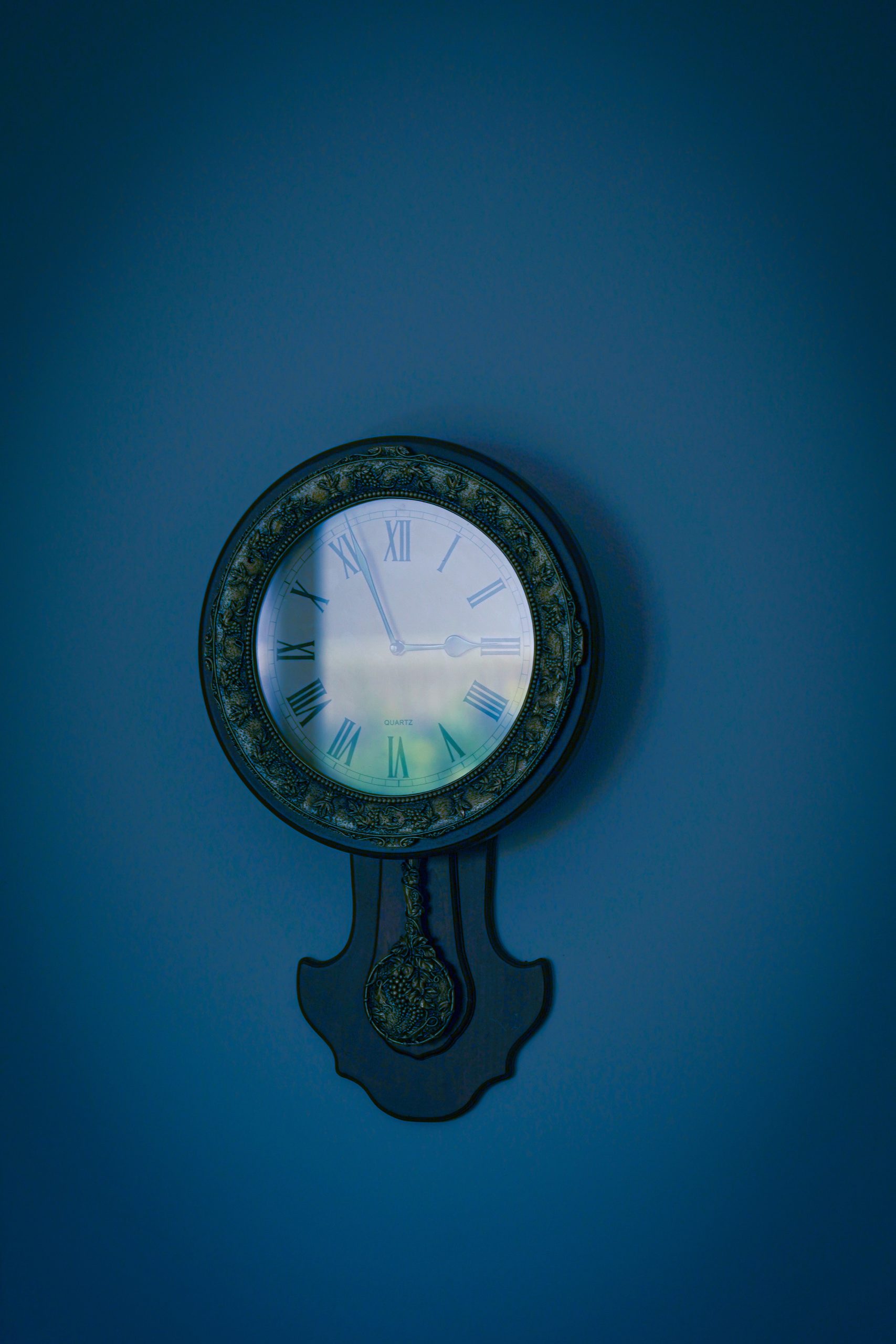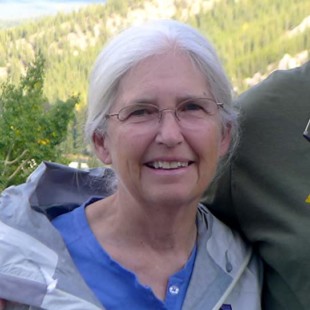
My Life in Three-Hour Segments
On May 9, 2014, when I started taking the dopamine replacement drug Sinemet for my Parkinson’s disease, I had no idea how profoundly it would affect my life. I expected improvements in my symptoms, which happened as advertised. The surprise came at the level of regulation this drug imposed on every aspect of my life. Prior to Sinemet I had taken a whole slate of dopamine agonists, Mirapex, Neupro, ReQuip XL. The Mirapex just lasted a few months before I understood that (for me) the side effects were more horrid than the disease. The others are extended release drugs I either rotated on various parts of my body as a patch (Neupro) or swallowed once a day (ReQuip XL). There came a time when all my movement disorder specialists, my doctor at home and the two doctors who were leading research projects on the east coast, agreed that it was time for me to make the move to Sinemet, the gold standard dopamine replacement drug that has served Parkinson’s patients for over 50 years. Sinemet and Cycling became my new mantra. “Off” and “On” described more than light switches.
People often ask what it’s like to have Parkinson’s disease. Here we go, with my experience at least (recognizing that each of us is profoundly different). My day begins when the dogs persistently demand to be let out between 5:45 and 6:15 a.m. I’m awake by then anyway. Parkinson’s symptoms are non-existent except for a little bobbing and weaving in my walk, sort of bouncing off the walls, but hardly noticeable. Experiencing no orthostatic hypotension (dizziness) I bend over to the let the dogs out of their cage. For the next hour I feed the dogs, prepare my cereal, read the paper and fill in the Sudoku and crossword puzzles in ink. I still feel fine. Promptly at 7 my vibrating alarm watch vibrates for 40 seconds and I pop the first Sinemet of the day. 30 minutes later I eat my cereal with almond milk, avoiding protein and eschewing dairy products. Off I go to do ballet plies, check the computer, respond to emails and put on my bike clothes before heading to the bike set up on a trainer in the basement. Having discovered that the “off” effects are mitigated if I’m active at the end of the first three hours, I time my one hour ride to be able to take my 10 a.m. pill when I have 15 minutes to go on the bike.
By the time I’ve finished cycling and cleaning up, it’s 11 a.m. I have about 1.5 hours before most days (but not all days) I start to feel tight, achy all over, less able to think clearly, sleepy and possibly nauseous. This hour and a half is the crux of my “working” day. If it must be done, it must be done then. The rest of the day may be good or nasty, productive or “Mr. Toad’s wild ride.” Predictions are worthless. I take what is given to me. A few minutes before 1 p.m. my stomach and entire gastro-intestinal system go into painful overdrive. Almost every day I experiment with foods in an effort to avoid this painful interlude, generally to no avail. My best bet is often an apple and a piece of bread. About a half hour after my 1 p.m. pill I often feel well enough to put forth some effort. My afternoon “off” time can last anywhere between 15 minutes and two hours, although I can force myself to be relatively functional. By 3:30 my body bobs and weaves even though I’m sitting in my chair. I usually lie down during the late afternoon until my 4 p.m. pill. If I eat dinner by 5:30 I often have a resurgence of energy, especially if I avoid heavy meats and sauces. My last treat of the evening is my ½ pill at 7:00, the final buzzing of the watch for the day. By 8 p.m. I want to don my p.j.s and climb into bed although I generally fight the impulse for a couple of hours. Off and On, all day long. Every three hours. Guaranteed.
Except!
When I am actively engaged I can go for days with minimal “offs” and “ons”. I can ride my bike for 80 miles in the heat of midsummer July in Iowa in RAGBRAI. I can fish for hours, nibbling a bit of food now and then, but so focused on the fishing and avoiding moose that, were it not for the buzzing on my wrist, I would completely forget to take the pill. Playing with our grandchildren, hiking with my hiking group, dancing in the Dance for PD class, giving a talk at a support group or conference, meeting with my book group, gardening, meditation…anything active that engages my brain and/or my body or makes me laugh…. Some activities are challenging. It’s hard to be in large groups, trying to follow multiple conversations. Going out where I’m bound to eat too many of the wrong foods sets me back. But these are things I can control to a large extent. I’ve learned to ask for what I need, even if it’s a quiet space in a large gathering. People are kind.
Years ago, shortly after my diagnosis, I met up with a seldom seen cousin who suffered from heart disease. Trying to establish camaraderie, she asked, “Don’t you just hate taking all those pills?” I told her I thanked God for having those pills to take. The alternative had already been experienced by thousands, if not millions of people with Parkinson’s and I didn’t care to replicate their experiences. On and Off every three hours? Not so bad. I can do that.
Photo by Nada Jahed on Unsplash
Used by permission of the author.

